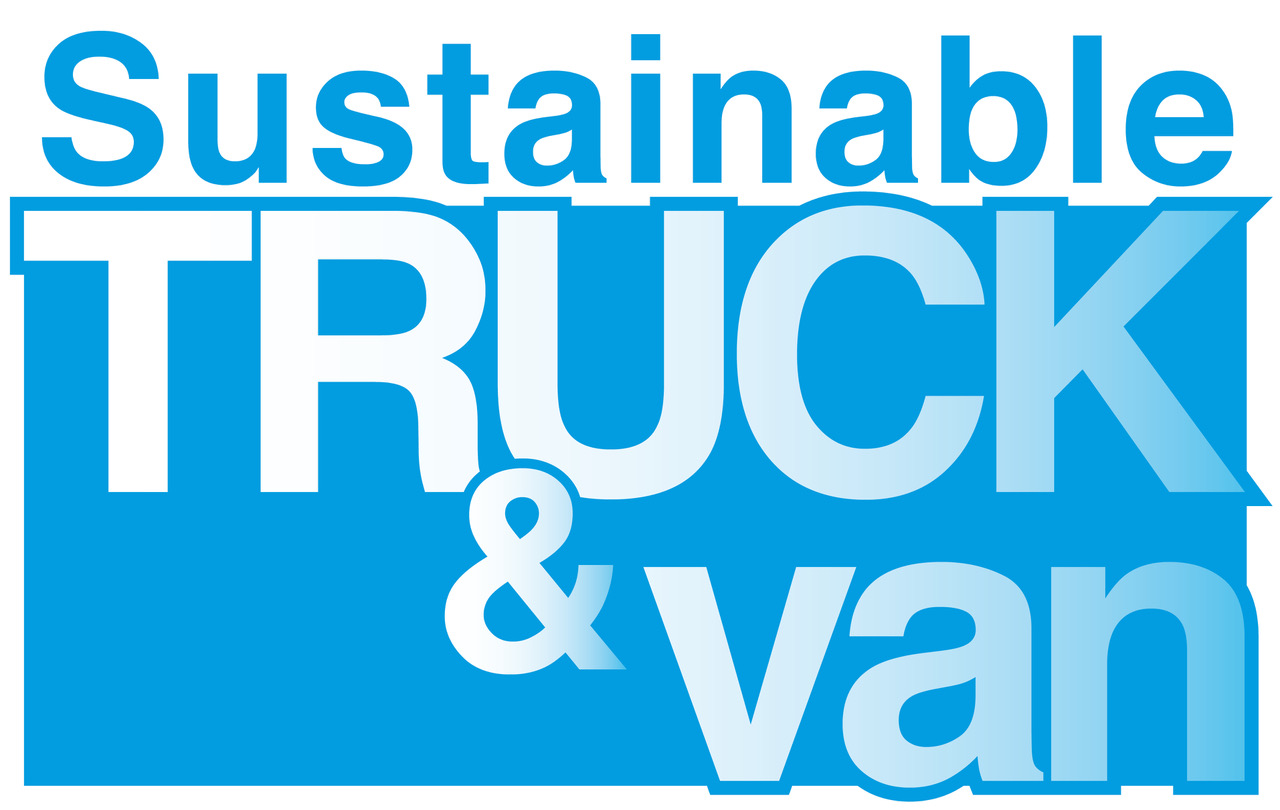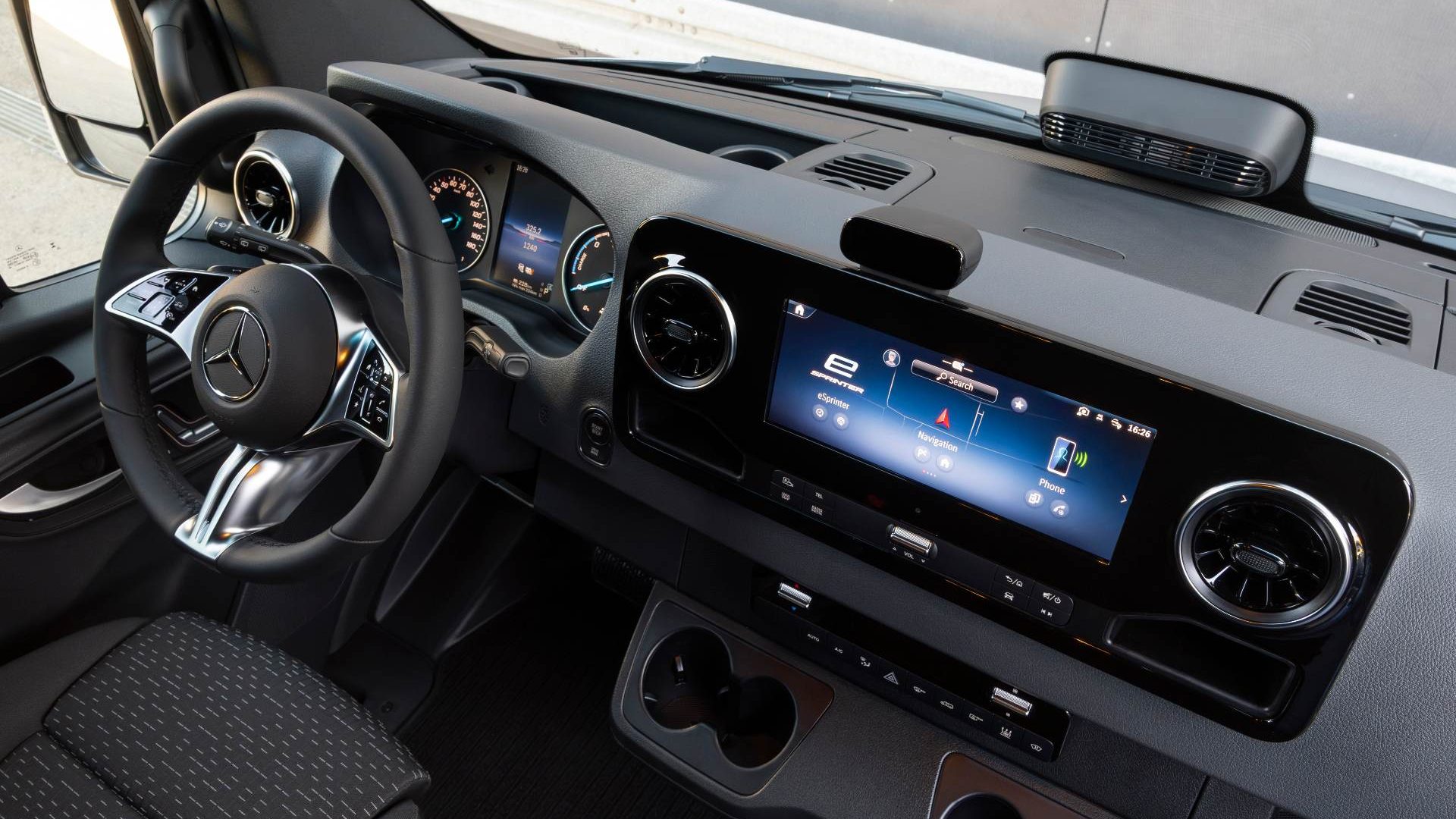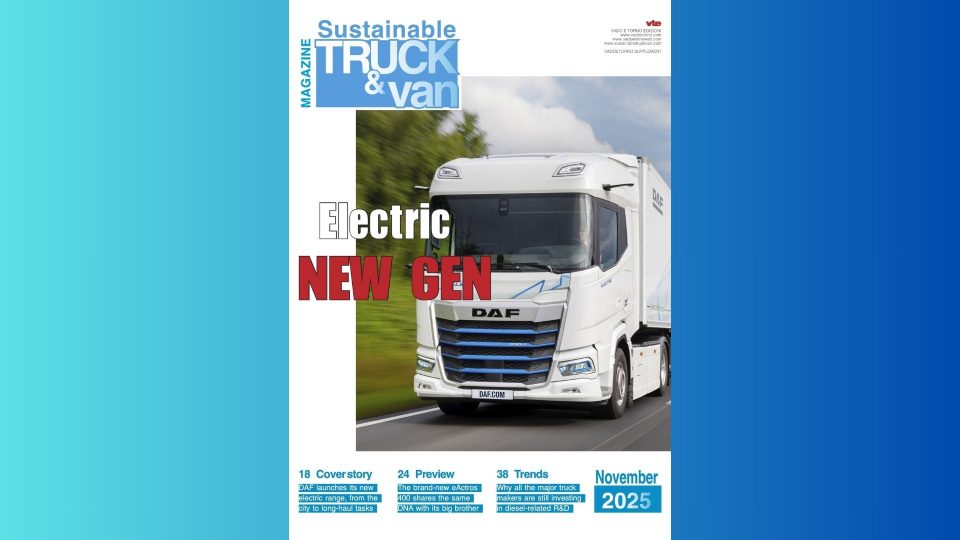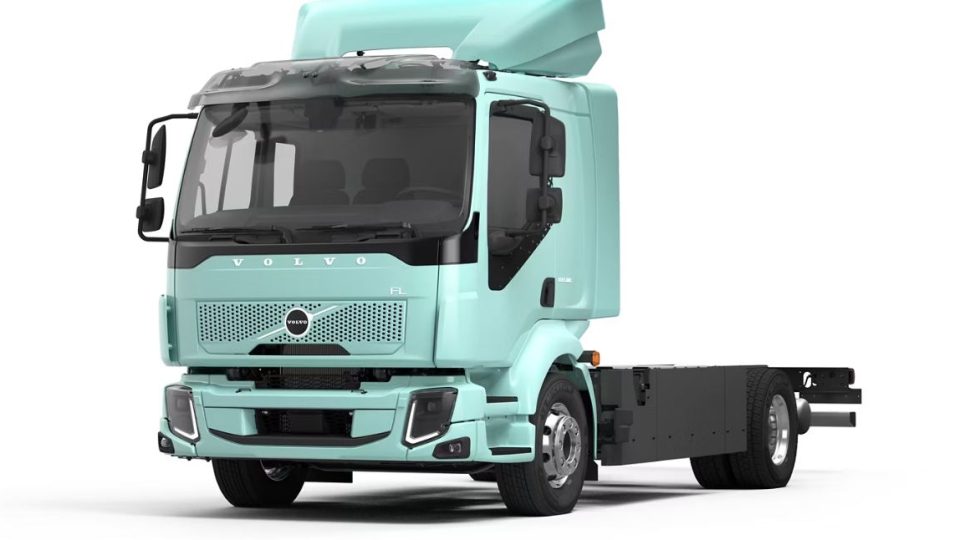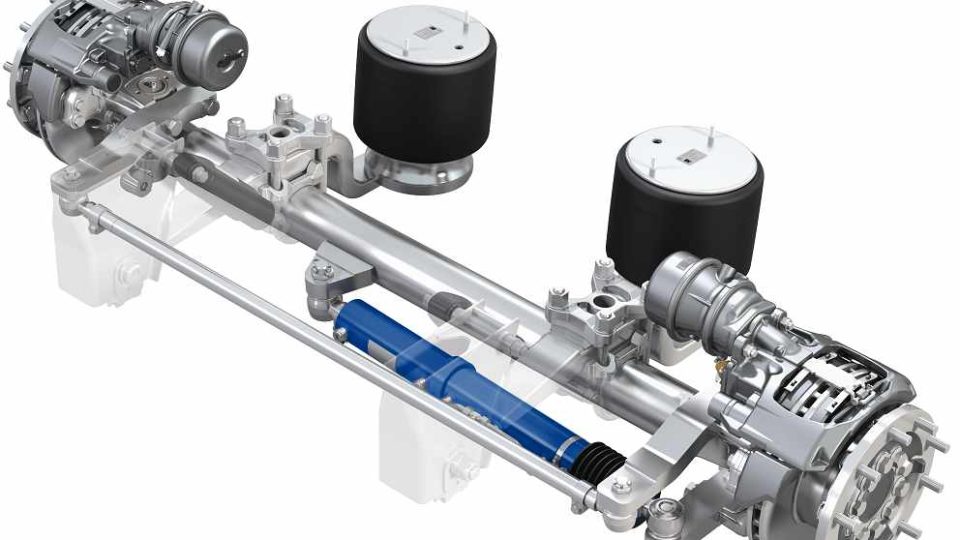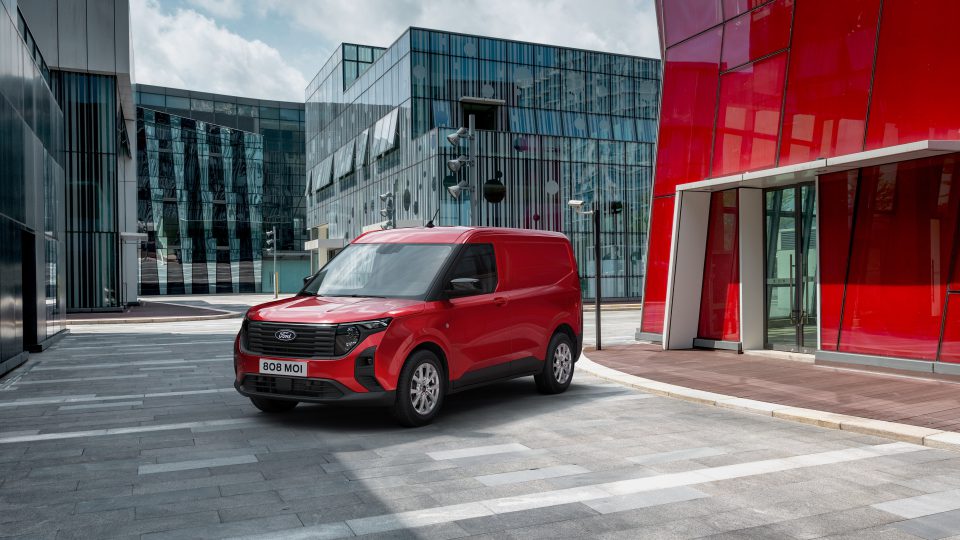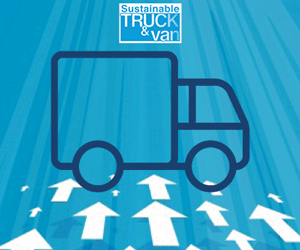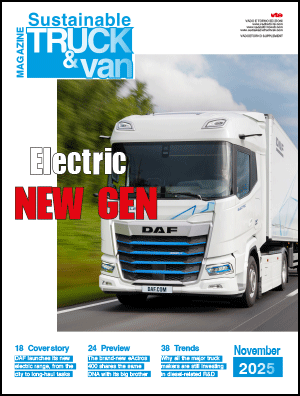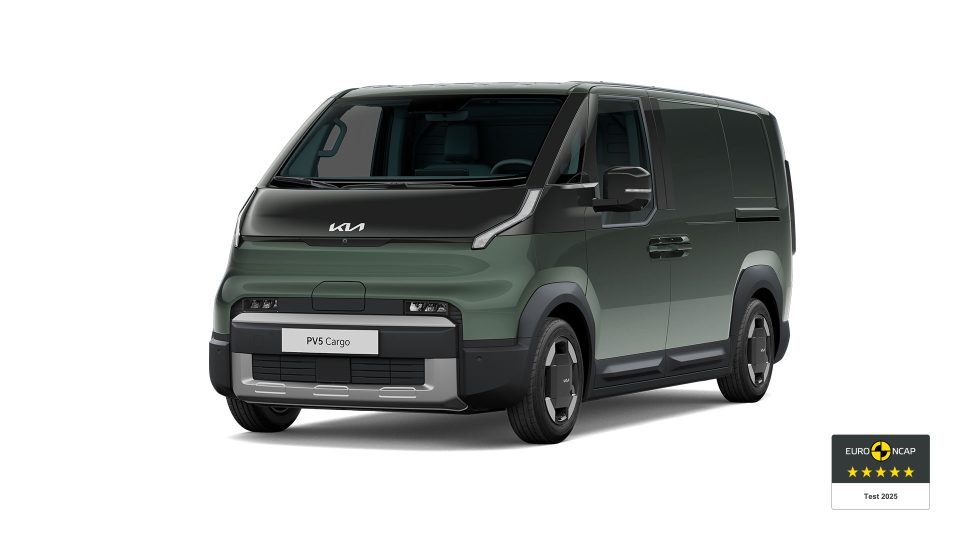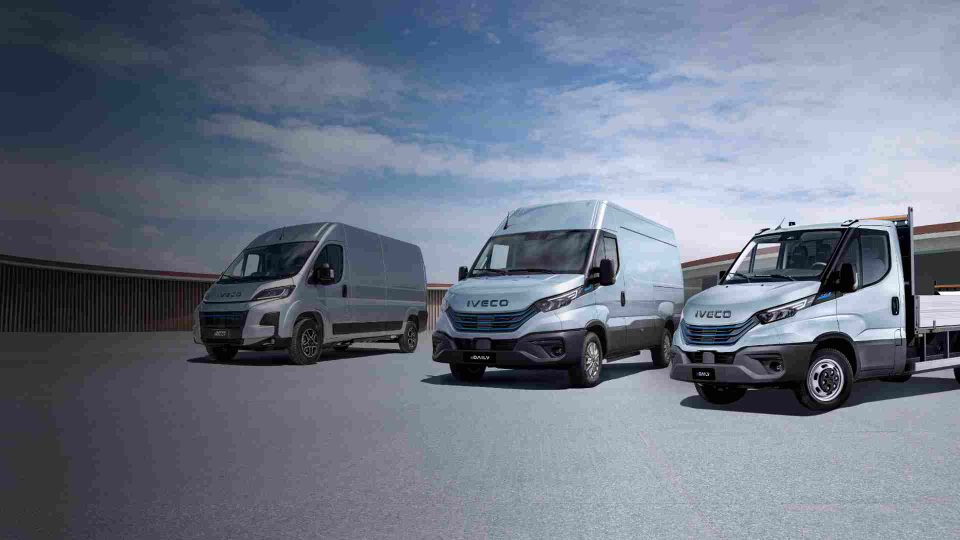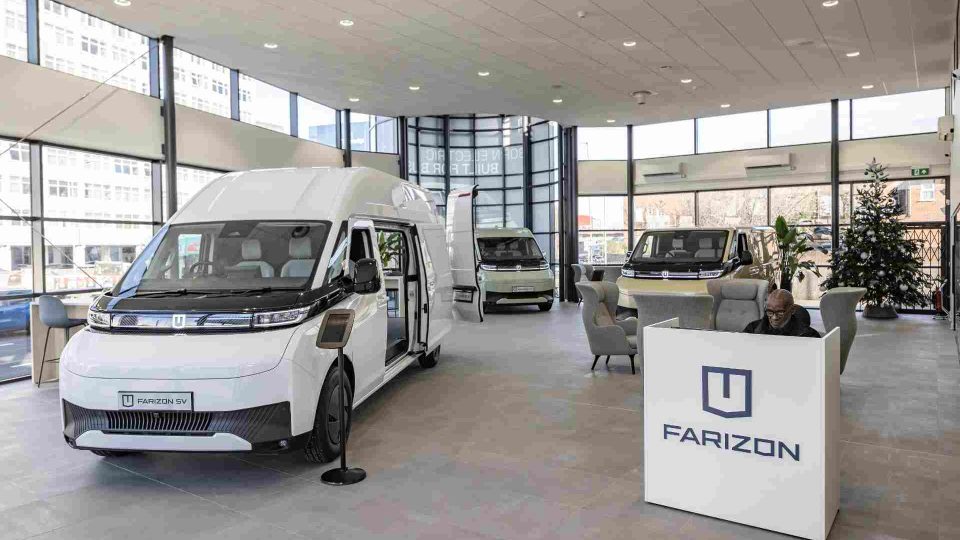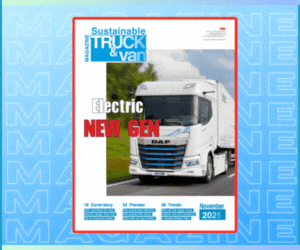Mercedes celebrates the Sprinter and provides a glimpse of its future evolution. Our report from Stuttgart
We were in Stuttgart for the event that formally concluded the celebrations for the Sprinter's 30th anniversary. The future of Mercedes-Benz's iconic commercial vehicle includes new architecture, even more advanced software for better connectivity, and, in general, the promise of even greater versatility.
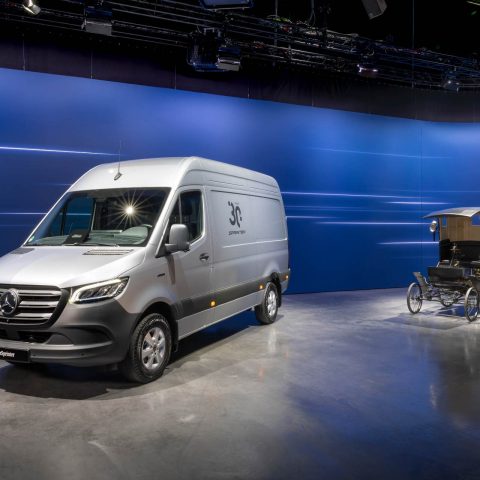
2025 was undoubtedly the year of the Sprinter. Mercedes spared no expense in celebrating this iconic commercial vehicle, launched in 1995 and since then a leading player in freight transport in Europe and beyond. The Sprinter has had a long and significant history, one that we journalists have also been able to experience firsthand, telling you about it in our own unique way.
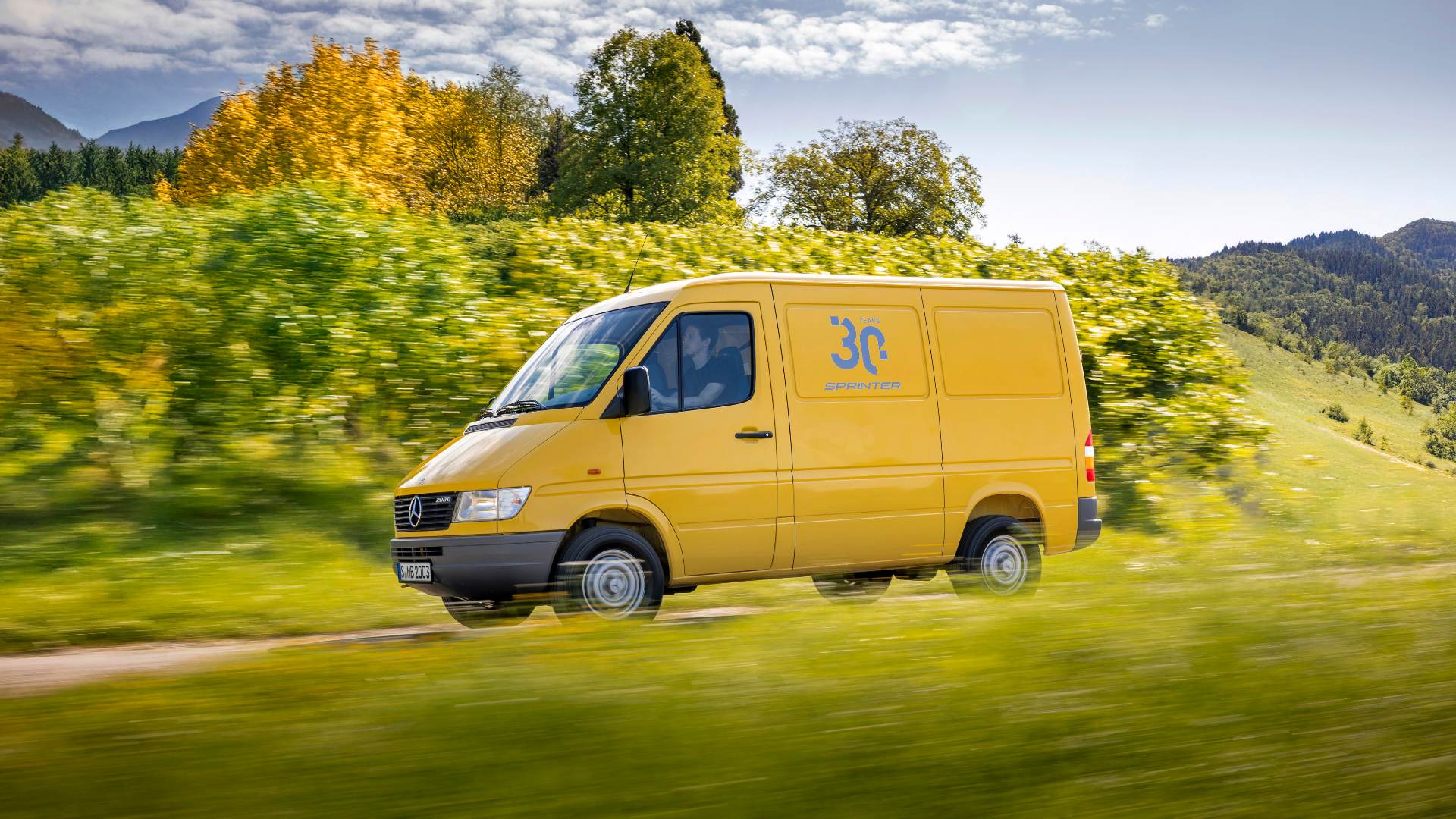
Mercedes Sprinter: 30 years of the large van
Starting with the exciting trip to Stuttgart with an immersive visit to the Mercedes-Benz museum in the German city, retracing not only the last thirty years, but also the previous decades, starting from the dawn of road transport. And, above all, with the journey driving a latest-generation Sprinter from Stuttgart to Milan, along one of Europe’s most important trade routes. We passed through four countries, crossed the Alps and immersed ourselves, so to speak, in the comfort of a large van that never skimped on this aspect.
Then, we had the pleasure of testing the Sprinter in its electric configuration on our revamped 88-km urban route, with impressive battery capacity to overcome range anxiety once and for all. The 21.2 kWh of capacity used to cover the 88 kilometers of our circuit show that the technology, at least for vans, is already there. If anything, attention should be focused on other aspects of electric transport, from the price of vans to the cost of recharging, to the availability of charging stations throughout the country. You will find the article in the next issue of our magazine.
A transporter in full evolution
To close the circle of the anniversary year, however, Mercedes wanted to look ahead. Thirty years are not enough to define the life cycle of the Sprinter, which is naturally destined to evolve. Still in Stuttgart, we had the privilege of imagining the future not only of the Sprinter, but also of commercial transport according to Mercedes’ philosophy. The common thread will be the new van architectures, which will serve as the basis for future commercial vehicles. “The focus of the new generation of Mercedes-Benz vans will be on innovative powertrains, connectivity, and advanced digital services,” said Andreas Zygan, head of development at Mercedes-Benz Vans, giving an idea of the main directions that have guided the brand’s research so far.
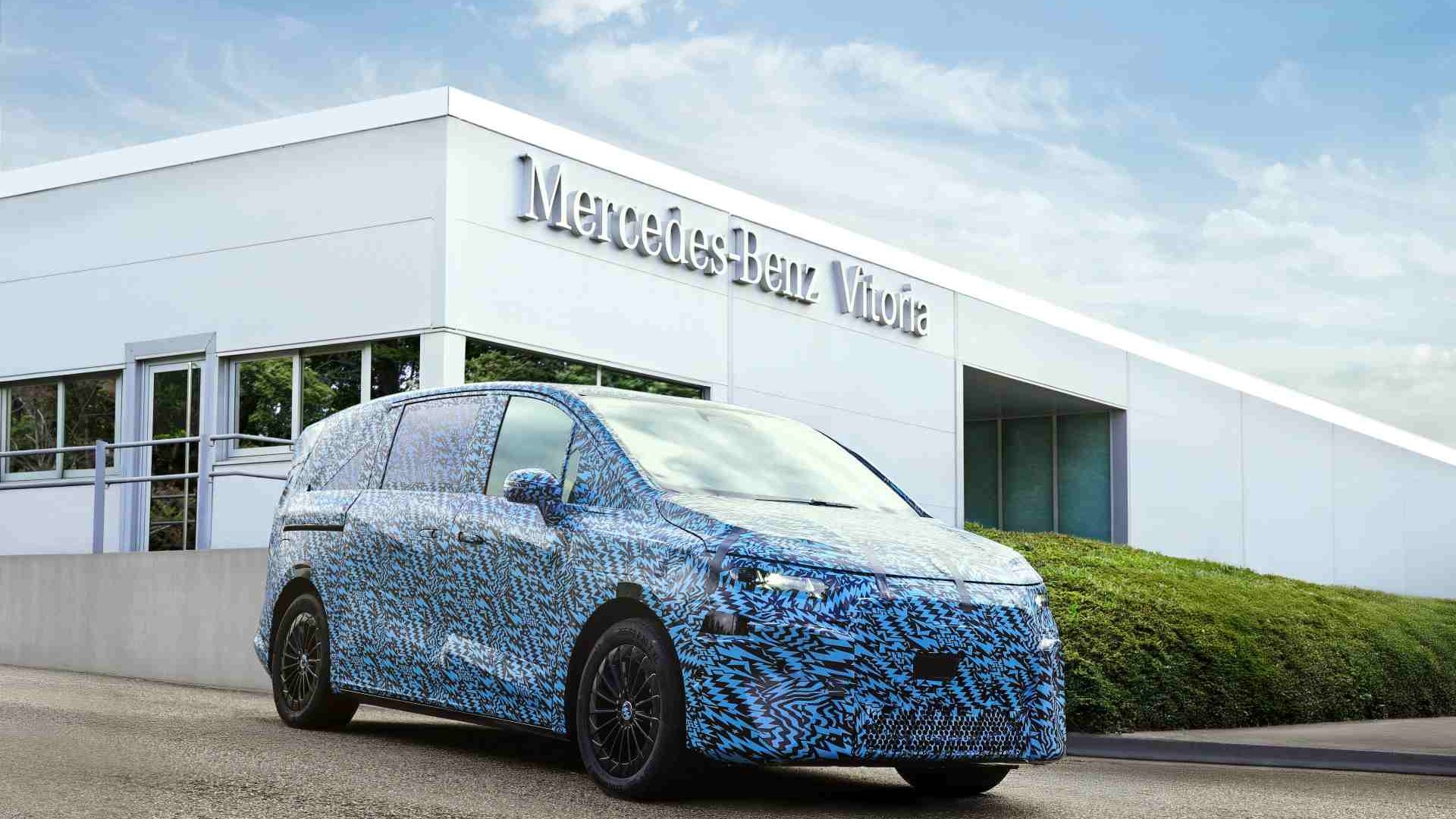
As for the powertrain, there will be two versions of the Van architecture: the Van.Ea will define the electric vans of the future, starting with the VLE, which will be launched in 2026, mainly for passenger transport. The medium and large vans – the new Vito and Sprinter, since Mercedes abandoned the Citan a few months ago – will arrive later, following the dual path of electrification and combustion engine development thanks to the Van.Ca architecture, available on vehicles designed to transport passengers and goods.
In terms of connectivity, the Stuttgart-based manufacturer has worked hard on the internal development of the MB.OS (Mercedes-Benz Operating System) software for advanced management of the vehicle’s infotainment system, as well as charging for electric vehicles. In particular, the set of actuators and sensors will be controlled by means of a state-of-the-art chip-to-cloud system based on over-the-air updating (i.e., without going to the workshop) and made more efficient by artificial intelligence support, which will make the integration of vehicle software with tools such as fleet management systems even more immediate. All this will be mediated by a user interface that will remain unchanged, to the benefit of familiarity with current Mercedes systems.

A glimpse to the future of the Sprinter
In Stuttgart, Mercedes also provided a fairly concrete preview of the Sprinter to come, revealing a couple of exterior details thanks to a mega sculpture (shown in the picture above). It is only a taste, it is true, which still leaves much to the imagination. However, it seems clear that Mercedes intends to retain some of the stylistic elements typical of the various evolutions of the Sprinter in the future. This is so as not to lose distinctive features that represent a significant element in a world, such as transport, that is constantly and rapidly changing.
